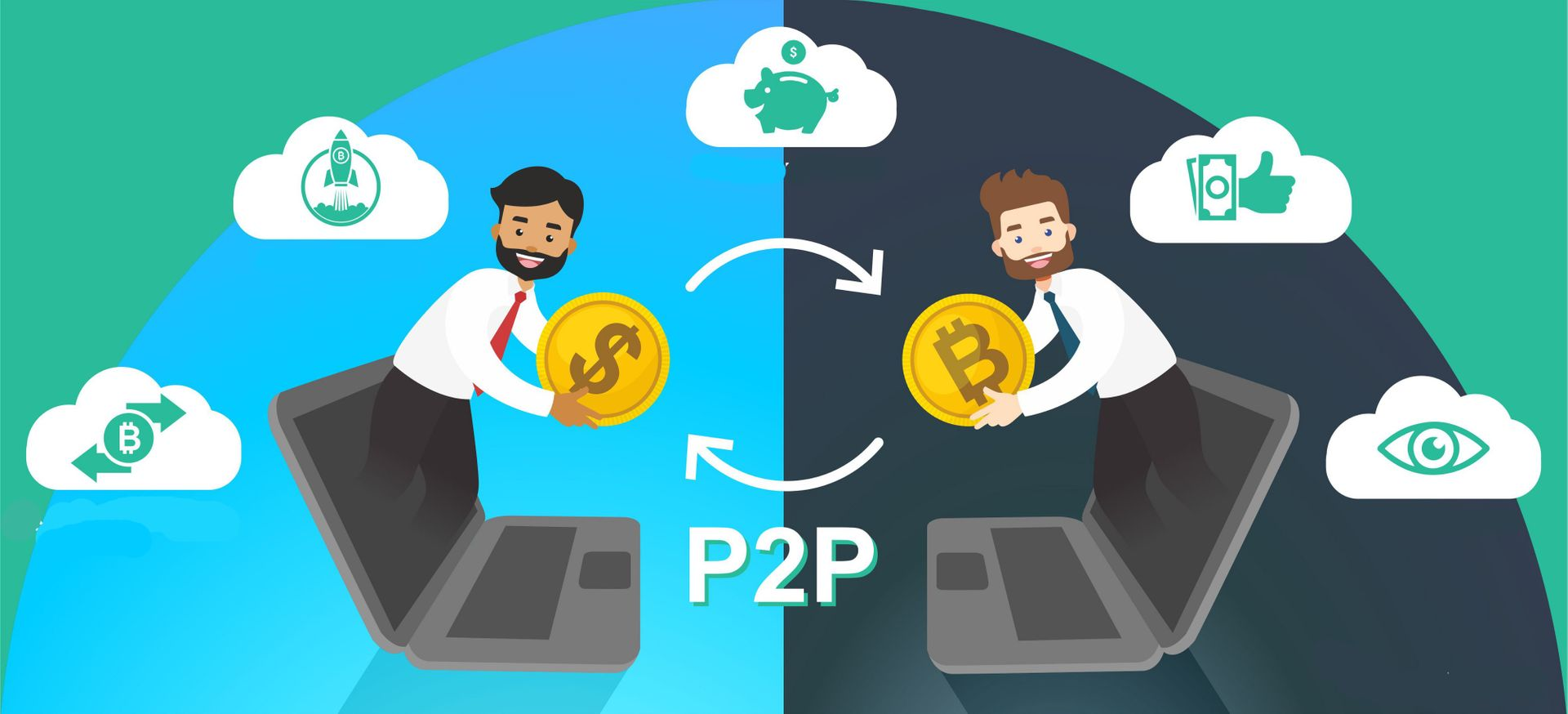what is procure to pay
How does your organization conduct procure-to-pay processes?
How long has it been since you’ve thought about your business’s procurement-to-pay process?
Not sure? Well, you’re not alone. It’s a situation that needs immediate attention. For many businesses, the answer might be awhile. But neglecting to refine and improve your procure-to-pay operations constantly can lead to wasted time and money and frustrated and angry vendors who don’t get paid when they should.
An organized procure-to-pay strategy is crucial to business success in today’s ever-changing business environment, but there are so many factors involved that it’s challenging to know where to start.
What is procure to pay: This procurement to pay process guide will help simplifywhich feature helps streamline the purchasing process the process and give you all the information you need to create an efficient P2P strategy for your organization by detailing the most important components.
So let’s get started.
What Is Procurement?
What is the procure to pay process: Procurement or procuring is the process of finding and acquiring goods, services, or works from an external source, often via a competitive bidding process. The goal of procurement is to ensure that the goods or services acquired are of high quality and cost-effective. To achieve these goals, procurement must be strategic and aligned with the organization’s business objectives.
Procurement covers various activities, from purchasing office supplies to complex infrastructure projects. The procuring entity may be a government agency, a corporation, or an individual.
There are several terms that are often used interchangeably with procurement, including procure-to-pay process (P2P) and procurement to payment (P2P). These terms all refer to the same process, which is the acquisition of goods or services from a supplier to fulfill a specific need or requirement.
Why Do Organizations Use Procurement?
Organizations use procurement to pay for goods and services to run their business operations. There are many benefits to using procurement processes within organizations.
- First, it can help to ensure that organizations are getting the best value for their money. By conducting a competitive bidding process and reviewing proposals from multiple vendors, organizations can be confident that they are paying a fair price for the goods or services they need.
- Second, procurement can help to streamline payments and keep track of spending within an organization. This information can be critical for budgeting and cost-control purposes.
- Third, using procurement processes can minimize risks associated with supplier relationships.
Procurement information can also help streamline operations. For example, if an organization knows that it spends a lot on office supplies each month, it may consider opening up a dedicated procurement department to handle this spending category.
This could lead to better terms with suppliers, higher quality products, and overall cost savings for the organization.
What Are The Elements Of A Solid Procurement Process?
A well-functioning procurement process is essential to the success of any organization. There are five key elements that every procurement process should include.
1. Identification
The first step in any procurement process is identifying the requirement of goods or services. This includes understanding the specs or requirements for the product or service and the quantity required.
2. Planning
Once you identify the needs, a plan must be created to procure the desired goods or services. This includes setting timelines, budgets, and objectives for the project. It may also involve creating supplier lists and evaluating suppliers based on their past performance and other criteria.
The key is to create a strategy that will get you what you need in an efficient manner, with minimal risk of failure.
3. Sourcing And Selection
The next step is to find a supplier that can meet your needs. This involves short-listing of potential suppliers, evaluating them based on specific criteria, and then selecting one or more suppliers that can provide what you need.
It’s essential to keep in mind that there are different procurement processes depending on whether you are buying from a single supplier or multiple suppliers.
4. Contracting
Another step is to enter into a contract with your supplier. This involves negotiating and signing a contract that outlines what you need from your supplier and what they will provide.
It’s essential that both parties agree on all the terms and conditions before entering into a contract to avoid surprises down the road. Once you sign the agreement, it’s essential to monitor and manage performance throughout its life cycle.
5. Performance Monitoring And Measurement
The final step is to monitor your supplier’s performance throughout their contract life cycle. This includes tracking progress, ensuring that you get what you want, and identifying potential issues before they become significant problems.
It’s also essential to evaluate how well your procurement process is working so that it can be improved in future projects for increased efficiency and better results.
With these five elements in place, you’ll be able to make sure that your procurement process is working as effectively as possible. It’s essential that all of these steps are included in your procurement process and that they are carried out efficiently and with minimal risk of failure. The goal is to create a procurement process that will get you what you need with no surprises or setbacks.
Steps For Procuring Payment And Creating Invoices
The process of payments and invoices is a simple but crucial part of any business. If these are not processed correctly, your business could fail. Here, we will look at an overview of procurement and what steps you need to take for your company to be successful. To be effective in procurement and procurement-to-payment, it is critical that all parties understand what happens throughout the process.
Let’s dive into four phases of procure-to-pay and creating invoices.
1. Procurement
The first step in any business is to ensure you have everything you need for your business operations. This can include raw materials, services, and even employees. As a business owner, you must understand how to procure all of these things effectively and efficiently so that your company will run smoothly.
2. Receiving
Once you have everything you need, it’s time to receive your items and services from your suppliers. This is essential because it ensures that you are getting what you ordered and that all payments are accounted for correctly.
If there are any issues with receiving your materials or services, make sure to address them immediately, so they don’t become a problem later on in payment processing. By receiving your items effectively and adequately, you will ensure that your business runs efficiently.
3. Paying
Now that you have received everything you need for your business operations, it’s time to pay for those goods and services through accounts payable processes. Keep track of all invoices sent out and any documents related to these transactions, such as purchase orders or receipts.
It’s also essential that you keep accurate records of these transactions so that if there are any questions about payment accuracy, they can be answered quickly and easily through documentation.
4. Accounting
The final step is accounting. As a business owner or manager, you must check all documents related to financial transactions. This can include invoices, purchase orders, receipts, and more. It’s not just accounting that is important in procure-to-pay processes, but also things like monitoring cash flow and balancing your budget.
These are crucial parts of any business that cannot be ignored if you want to ensure your company runs smoothly. You can opt for online invoicing software, which will help you with the accounts payable and receivable process. It will help you automatically keep track of payments and receipts, so you no longer have to worry about them.
By considering these four steps in your procure-to-pay processes, you will run a successful business and avoid any potential problems that may arise. Remember that it’s essential to keep track of all financial transactions throughout each step.
The more organized you are with your accounting process, the easier it will be for you to manage your company effectively. So consider these four steps when managing payments to create invoices for customers.
Tips For Improving Your Procurement Process
The following is a simple checklist of tips for improving your procurement process:
1. Know Your Organization’s Goals And Objectives
You should always know what you are trying to achieve with a new procurement process. If you do not have clear goals and objectives, how will you know if it is successful?
The first step in improving your p2p procurement process is understanding what you are trying to accomplish with it. Some organizations may want to enhance their p2p purchasing efficiency, while others may look for ways to reduce costs. Whatever your goal is, make sure that you define it before starting any new procurement p2p processes.
2. Understand The Role Of Procurement In Achieving Those Goals And Objectives
In order to improve your procurement process, you need to understand how it contributes to achieving your organization’s goals and objectives. Is it helping you reduce costs? Or is it improving purchasing efficiency?
Whatever your goal is, make sure you understand how your current procurement process helps you achieve it. This will help you identify areas where improvements can be made and determine what metrics should measure success.
3. Develop And Implement Policies And Procedures Aligned With The Organization’s Goals And Objectives
Policies and procedures play a crucial role in helping you achieve your organization’s goals and objectives. Therefore, it is essential that they are aligned with the goals and objectives.
If you have not documented your procurement process correctly, it will be difficult for you to achieve your goal of improving purchasing efficiency or reducing costs.
You should also make sure that all employees involved in procurement processes understand their roles and responsibilities when carrying out these processes.
4. Train All Employees Involved In The Procurement Process On The Policies And Procedures
Make sure that all employees involved in procurement processes are aware of your organization’s goals and objectives. Once you have documented your policies and procedures, training is an essential step that needs to be carried out for them to be effective.
Training will help ensure that everyone understands their roles and responsibilities when carrying out these processes. It will also ensure that everyone uses similar methods when carrying out procurement activities, leading to improved purchasing efficiency or reduced costs.
5. Use Expense Management Software To Monitor Your Progress Towards Achieving Your Organization’s Goals
Expense management software can help you measure how well you are doing in improving purchasing efficiency or reducing costs. It can also provide you with suggestions on how to make new improvements for the betterment of the organization.
Therefore, you must use an online invoicing and expense management solution that will enable you to track all costs incurred by employees involved in the procurement processes.
By following these tips, you will develop and implement policies and procedures that are aligned with your organization’s goals and objectives. You will also be able to train all employees involved in procurement processes on how they can contribute towards achieving these goals.
Invoicera – Best Expense Management Software
If you’re looking for a solution that automates the entire Procure-to-pay process from purchase order through accounting and can even help you reduce overall costs, try Invoicera.
The easy-to-use software has a simple drag-and-drop interface, so it’s incredibly intuitive. It offers comprehensive expense management capabilities that give you a real insight into what is happening in your accounts payable and receivable processes.
From generating quick and professional invoices to providing a full suite of financial management assistance, Invoicera makes it easy for you to get a handle on your accounts payable process. And with an array of features that can help you reduce costs and save time, there’s no reason not to try it out.
Sign up today and see why many companies are switching to Invoicera.
Conclusion
The Procure-to-pay industry is growing by leaps and bounds, and while it may seem daunting at first, once you know what you’re doing, managing accounts payable and receivable isn’t such an enormous task. With our brief guide to procure-to-pay in hand, you should be able to take on any challenge that comes your way.
We hope you enjoyed reading our post. In case you have any queries or suggestions related to our guide, please contact us. We will be happy to help you out with your questions/suggestions.
Also, don’t forget to share our post with your friends and family. Thanks for reading !!
FAQs
How does Procure-to-Pay impact cost control and savings?
Procure-to-Pay can really help a company save money and manage costs better. It works by making the process of buying things smoother. This allows businesses to talk to suppliers and get better deals, stop unplanned spending, and get discounts for paying bills early. Moreover, it cuts down on the cost of doing routine tasks.
How can small businesses implement Procure-to-Pay effectively?
If you are running a small business, you can start by documenting your procurement processes, identifying key suppliers, and establishing clear policies and guidelines. You can also consider implementing affordable procurement software and gradually automating manual tasks to improve efficiency.
What is the difference between Procure-to-Pay (P2P) and Procure-to-Order (P2O)?
Procure-to-Pay (P2P) takes care of everything in the buying process, from the initial request to the final payment. On the other hand, the focus of Procure-to-Order is completely on creating and managing the purchase order, excluding steps like goods receipt, invoice processing, and payment. So, P2P is the whole deal, while P2O is just a smaller part of it.
What are the challenges of implementing a Procure-to-Pay system?
Challenges in implementing a Procure-to-Pay system can include:
- Resistance to change
- Integration with existing systems
- Data quality issues
- Need for training.
Overcoming these challenges often requires a well-planned implementation strategy and ongoing support and communication with stakeholders.










